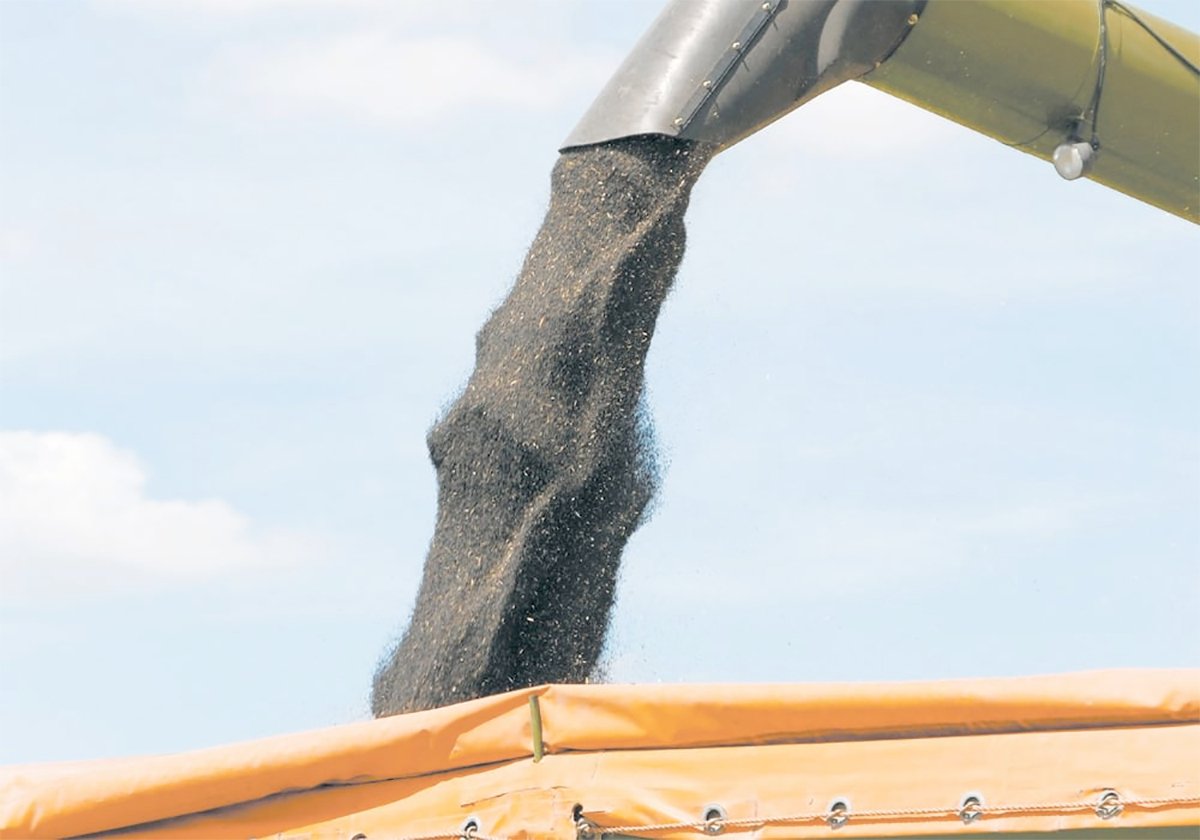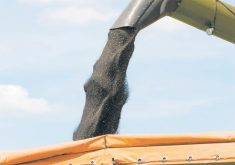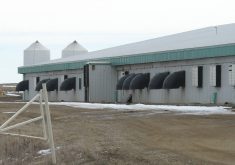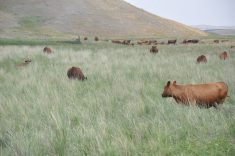Farmers should not attempt to manage a 15,000 acre farm the same way they would manage a 1,500 acre operation.However, at what point should the management systems change: at 5,000 acres, at 7,875 acres?The answer depends on each farm’s individual situation. There is no one specific increase in size that mandates a certain change.The management changes required to keep pace with growth are subtle, but the need to align growth and management is important. Businesses typically outgrow management and this business axiom pertains directly to farming.I recently talked with a farm couple who have two sons. One is actively engaged in farming while the other works full-time off the farm and helps seasonally because he is not yet ready to commit to a farming career.They have increased the size of their operation in the past three years from 4,500 acres to nearly 10,000 acres and have the opportunity to add more. However, the father said they are now “out of control.”He elaborated in detail about how they have been able to increase the size of the operation and the great amount of time, focus and energy required just to manage the operational components.What is sacrificed are more general management requirements: the office stuff.The farmer does not like feeling out of control and believes they are dangerously close to something that will adversely and significantly affect them financially.He wants to scale back to 5,000 acres, but the farming son wants to take advantage of the opportunities and increase the size of the farm.Neither opinion is right or wrong, but they must first determine what can and needs to be done to align the management functions with the size of the business.The accompanying graphic is adapted from work done by Don Jonovic of Family Business Management Services. It looks at how management must change as a business grows.The acreage correlations in the graphic are not an exact science.A base financial system is in place at the entrepreneurial stage, which is a typical 2,500 acre operation. This would include formalized record keeping, which results in an annual set of accrued financial statements. Attention to management depth is important, but the farmer still focuses a lot of his time operationally, providing a significant contribution to labour.As the farm increases in size through the transition phase and into the professional management phase, there is a continual requirement to advance the financial systems so that the appropriate information is available to management.The large units of 15,000 acres or more might want to consider a managerial, or cost, accounting application. It is much more involved from an administrative perspective but provides more information in terms of cost centres and related margins.Management depth starts to become an issue as farms grow through the transition stage and the farm owner needs to spend more time in the office.This is one of the more difficult changes to effect because it is contrary to what farmers most like to do, which is to work operationally.Adding a formal middle management structure becomes necessary as the farm grows through to the professional management stage. These are people with responsibility for a certain area of management and who report to the farmer-owner.The need to introduce elements of strategic management begins during the transition stage. This can look like formalizing the external resources that the farmer needs to help him with significant management decisions.The resources typically include accountants, lawyers, agronomists, lenders and management consultants. This strategic management function at the 12,500 acre size would include a formal advisory board.Aligning growth and management is possible but is not necessarily an easy task. It requires continual focus and willingness to accommodate change.
Read Also

Determining tariff compensation will be difficult but necessary
Prime minister Mark Carney says his government will support canola farmers, yet estimating the loss and paying compensation in an equitable fashion will be no easy task, but it can be done.














